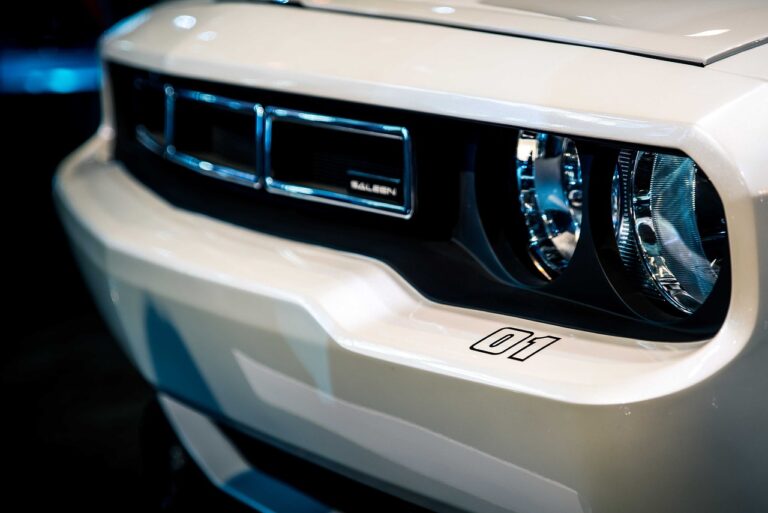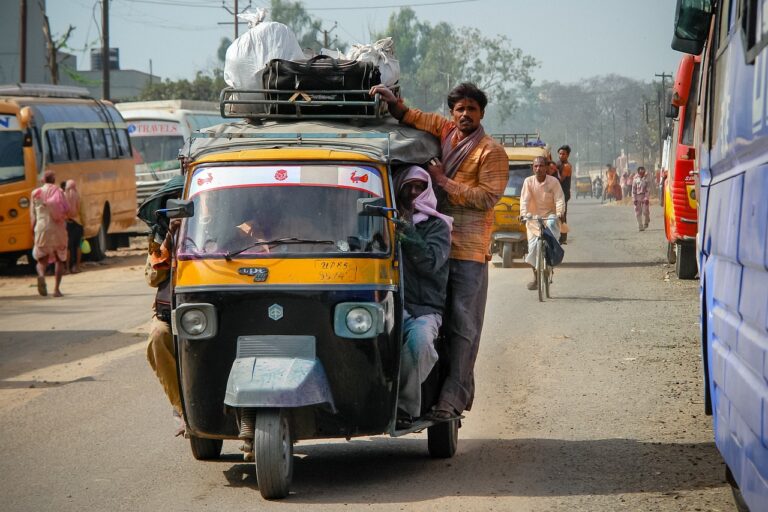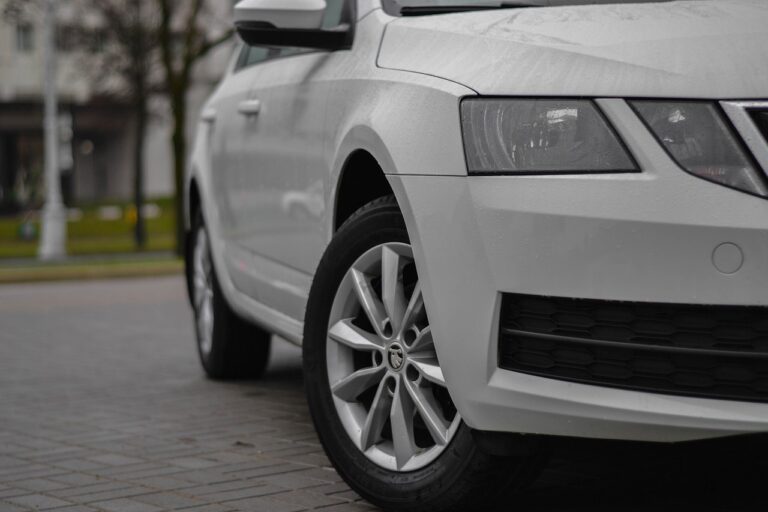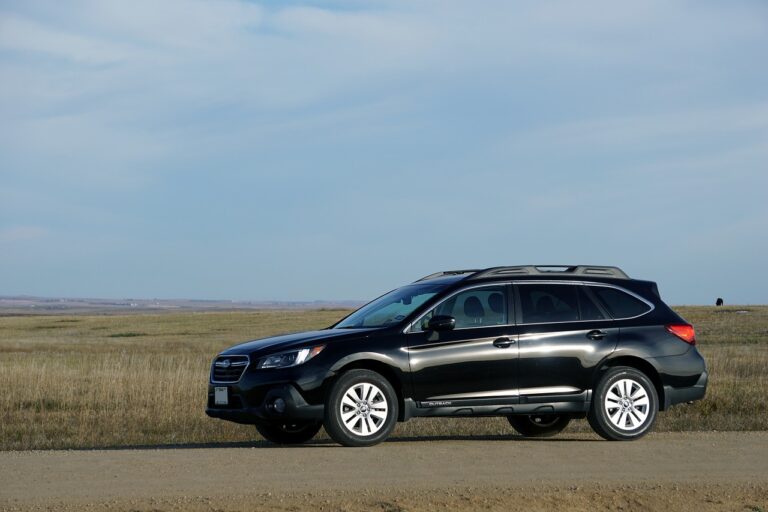The Future of Car-Centric Urban Planning
Urban planning that heavily relies on cars poses significant challenges for cities around the world. One of the main issues is the negative impact on public health due to increased air pollution and sedentary lifestyles. Car-centric urban design leads to higher rates of respiratory diseases and obesity, affecting the overall well-being of citizens. Additionally, the emphasis on road infrastructure for cars often results in the neglect of pedestrian safety and accessibility, making it difficult for people to walk or cycle safely in the city.
Another challenge of car-centric urban planning is the exacerbation of traffic congestion and gridlock. As cities continue to prioritize private vehicle use, roads become overcrowded, leading to longer commuting times and decreased productivity. The reliance on cars also contributes to high levels of greenhouse gas emissions, worsening climate change and environmental degradation. Inefficient transportation systems in car-centric cities not only hinder economic growth but also create social inequalities by limiting access to affordable and sustainable modes of transportation for marginalized communities.
Environmental Impact of Car-Centric Cities
Urban areas that prioritize car-centric transportation systems often face significant environmental consequences. The high volume of vehicles on the road leads to increased air pollution levels, contributing to respiratory issues and other health concerns among residents. Moreover, the reliance on cars results in higher greenhouse gas emissions, exacerbating climate change and its associated impacts.
The sprawling infrastructure required to accommodate cars in urban environments leads to deforestation and habitat destruction. As roads expand and parking lots multiply, green spaces are diminished, impacting biodiversity and reducing the natural habitats available for wildlife. Furthermore, the impermeable surfaces of roads and parking lots contribute to issues such as urban heat islands and water runoff, further altering the local ecosystem.
Emerging Trends in Urban Design
Urban design is witnessing a shift towards creating more pedestrian-friendly environments. Cities are now incorporating features like wider sidewalks, bike lanes, and designated pedestrian zones to promote walking and cycling as viable modes of transportation. This trend aligns with the growing emphasis on sustainability and reducing carbon emissions in urban areas.
Another emerging trend in urban design is the integration of green spaces within cities. Planners are recognizing the importance of incorporating parks, green roofs, and urban gardens to improve air quality, provide recreational areas, and enhance the overall well-being of residents. By prioritizing nature within the urban landscape, cities are striving to create a healthier and more vibrant living environment for their inhabitants.
Cities are incorporating wider sidewalks, bike lanes, and pedestrian zones to promote walking and cycling
Growing emphasis on sustainability and reducing carbon emissions in urban areas
Integration of green spaces like parks, green roofs, and urban gardens within cities
Importance of nature in improving air quality, providing recreational areas, and enhancing residents’ well-being
Creating a healthier and more vibrant living environment for city inhabitants
What are some challenges of car-centric urban planning?
Some challenges of car-centric urban planning include increased traffic congestion, air pollution, lack of pedestrian-friendly infrastructure, and limited public transportation options.
What is the environmental impact of car-centric cities?
Car-centric cities contribute significantly to air pollution, greenhouse gas emissions, and urban heat island effect. They also lead to the degradation of natural habitats and increase the risk of flooding due to impermeable surfaces.
What are some emerging trends in urban design?
Some emerging trends in urban design include prioritizing walkability and cycling infrastructure, integrating green spaces and green infrastructure, promoting mixed-use development, and enhancing public transportation networks. These trends aim to create more sustainable, inclusive, and resilient cities.







